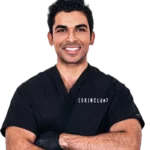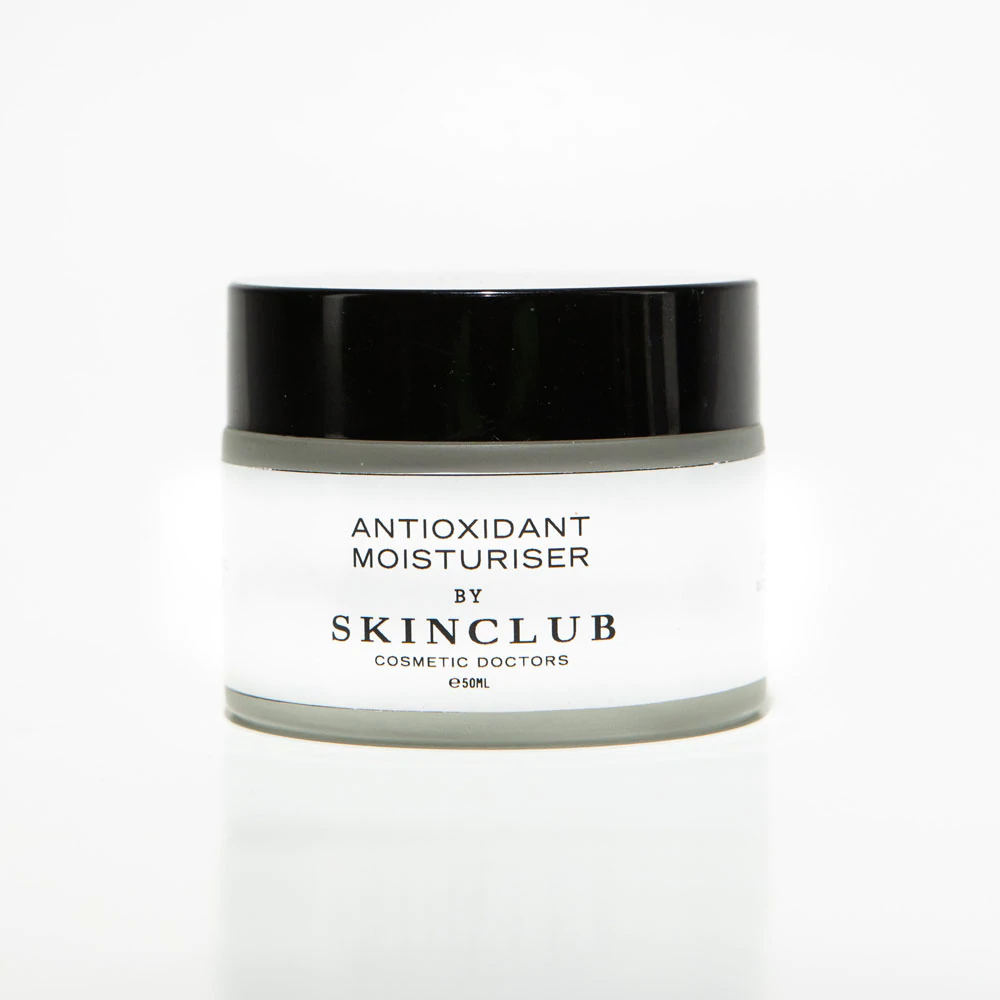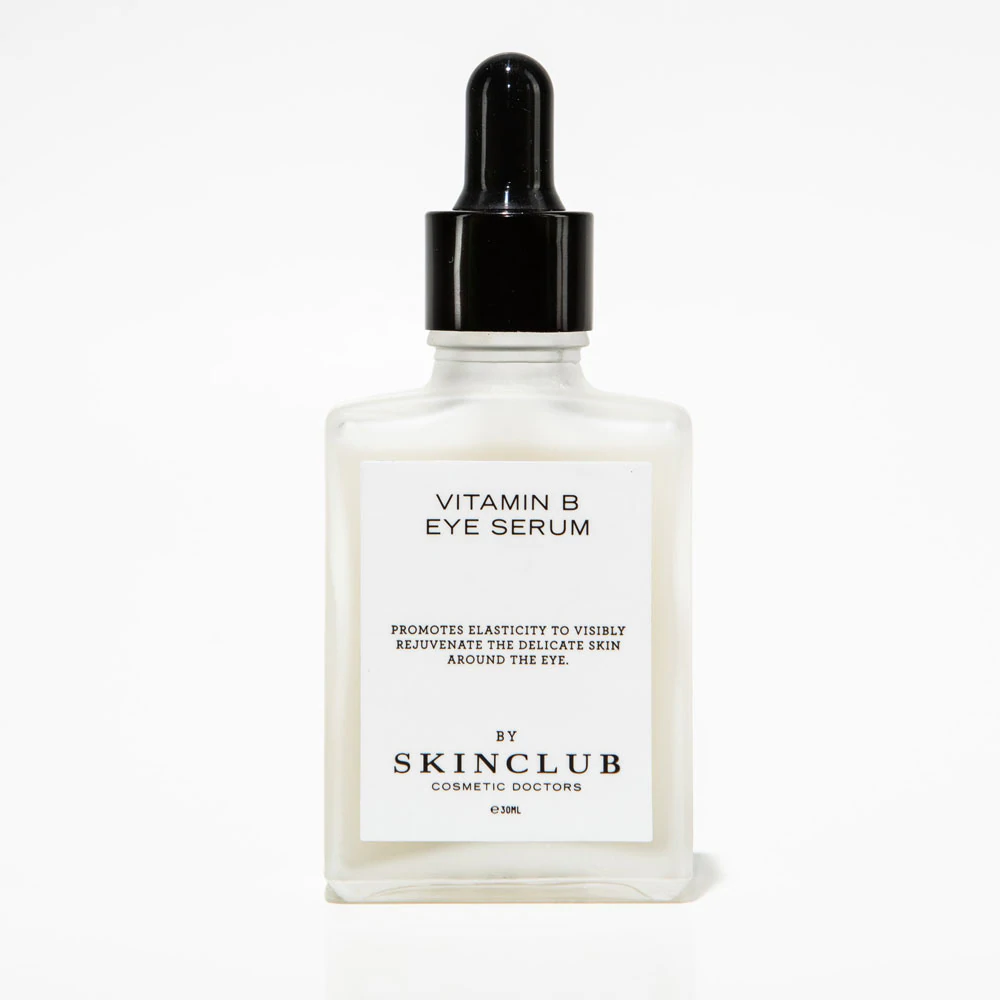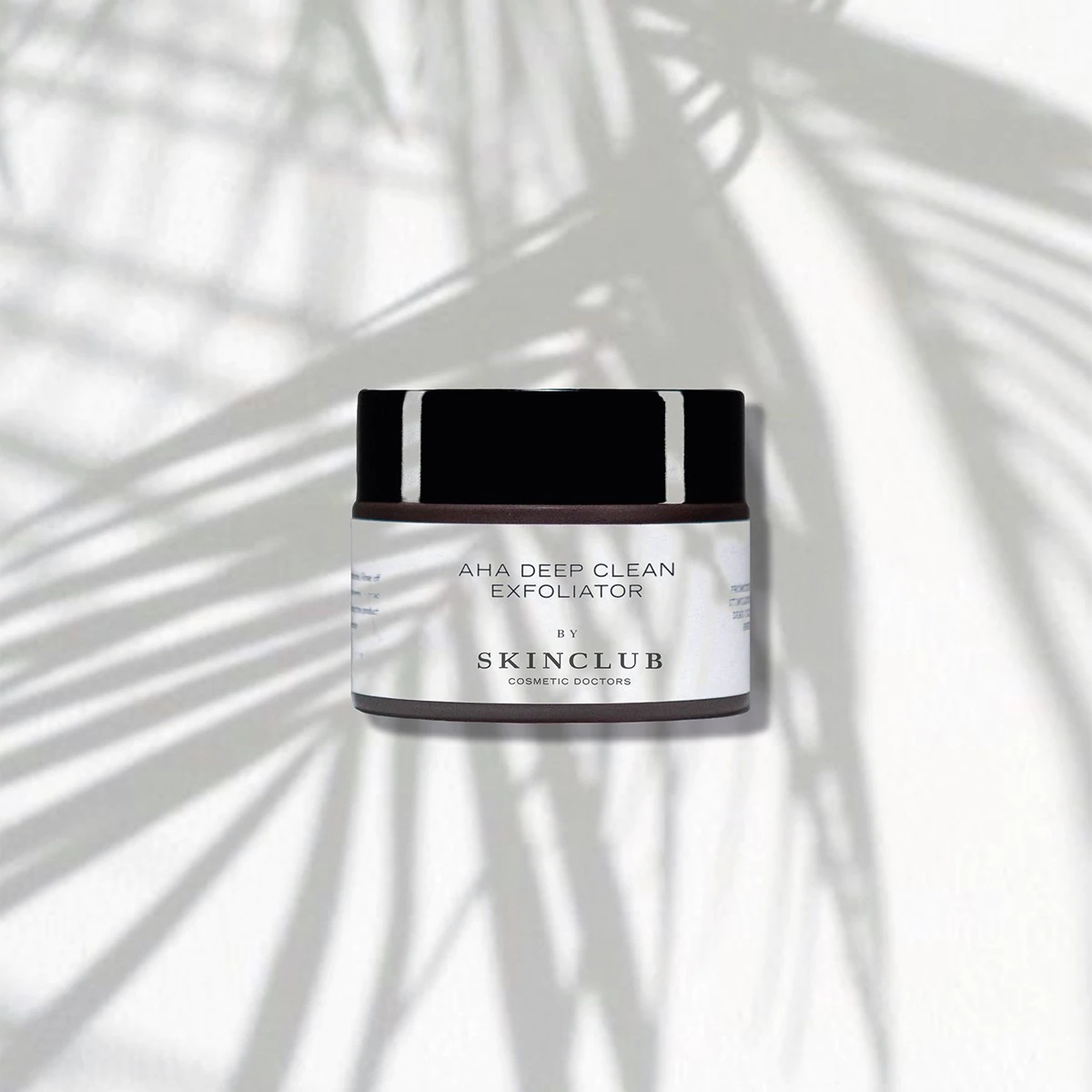Hair Loss Treatment And Hair Transplant Horror Stories
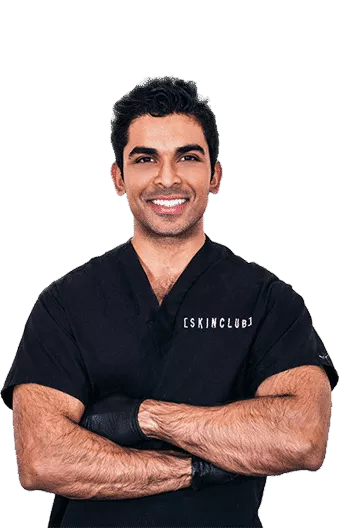
Dr. Vi Sharma has worked in the field of cosmetic surgery
He has a Bachelor of Medicine & Bachelor of Surgery, Monash University; and former member of the Australasian College of Aesthetic Medicine and the Royal Australian College of General Practice.
Patients worldwide are finding that horror stories are being uncovered of the monumental hair loss treatment disaster stories. When seeking out a hair loss treatment, you need to ensure that the treatment isn’t causing large amounts of damage to the tissue around the hair follicles.
Our hair loss clinic has seen many reviews of complications such as skin scarring and infections in the scalp.
Here are the following complications that hair loss clinics in Melbourne have seen from treatments people had overseas. Unfortunately, people incorporate a growing sign of complications by going overseas and not having adequate aftercare.

This is a prime example of too many hair follicles being implanted in a small area. The skin looks damaged or necrosed, as they say because the implantation of the hair follicle is possibly too deep. The lack of blood supply will give a scar to the patient and destroy the follicle. It is essential to see why people cannot get successful hair transplants. Our hair loss doctors can provide a comprehensive check on each hair follicle that a technician has implanted at our clinics. Many of our staff can get the perfect look in the hair. You cannot see what has gone wrong without having a complete hair loss plan for the patient. It’s important to note that people will not come to a hair loss clinic because they want to invest in a small clinical environment. You need to have all the medical equipment available and a comprehensive check of your health.
The following case is a prime example of wrong directions given to the patient when you don’t provide proper guidance for cleaning the wound site.

Lack of cleaning practices posts a hair transplant has shown the death of follicle tissue and the development of very strong crusting. This case is a prime example of bad hair loss transplant management. Many people see that hair loss treatment cannot be completed without good antibiotic cover and regular reviews with your hair transplant surgeon. As you can see, the yellow crusting over the scalp and poor aftercare programs have a significant correlation. Not only will this patient lose the hair transplant but also there will be scarring that will ensue. Getting the correct type of implant technique performed on you is paramount. It is essential to avoid complex techniques that don’t yield a high follicle count. It is necessary to shape the hairline nicely to form a minimal-risk and effective receding hairline.

This is a disastrous approach to implantation where the donor follicle markings are too large. In addition, the FUE technique has damaged the hair implant donor follicle site. The holes created will leave permanent scars. Hair transplantation should be done in steps and not in one fell swoop, and the way the punch biopsy has been taken will have left this patient permanently scarred. The reality is that there will never be a hair transplant site that will damage one’s hair, and if you don’t see that there is a way to go about it, you will have huge problems with getting a successful transplant.

Fake or poor quality PRP is also part of the horror stories of how hair loss treatment is occurring in pseudo clinics. Many people are reporting oil leaking out of their scalp after having treatment. That’s right! Oil! At skin club cosmetic doctors, we have had patients complaining that they have had oil-injected instead of PRP. The reality is that injecting oil into the scalp tissue will not help anything but, more so, cause major complications and death of skin tissue. This will result in worsening hair loss.
Lastly, patients will lose money when seeking out PRP hair loss treatment in dodgy clinics. We have found people using poor quality PRP to inject for hair loss treatments. This has resulted in patients losing faith in the treatment program and not completing the whole treatment program. We have to find that hair loss treatment is about getting a comprehensive look into why hair is not growing. People need to have hair tested, blood reports, and a comprehensive approach to monitoring male/stress hormones. Once this has been performed, you can have a successful hair rejuvenation or hair regrowth clinic title assigned to your business. There is no point claiming such great success without performing the hard yards.
Suppose you are genuinely looking to grow long-lasting results that last, then please have your hair treated by professional doctors who Australian and international faculties have accredited. There is no point in having a treatment that doesn’t work. It’s all about getting the proper outcomes for the patient and the most out of each treatment.
Hair Loss Treatment and Hair Transplant Horror Stories: What You Need to Know
Hair loss can be a distressing experience for many people, and there are several treatment options available to help address the issue. While many people have successful experiences with hair loss treatments and hair transplants, there are also horror stories of negative experiences. In this blog post, we will be discussing some of the most common hair loss treatment and hair transplant horror stories and what you need to know before undergoing any hair restoration procedures.
- Overdone Hairline: One common horror story associated with hair transplants is an overdone hairline. This occurs when too much hair is transplanted into the front of the scalp, resulting in an unnatural and unsightly appearance.
- Visible Scarring: Another common issue with hair transplants is visible scarring. While most hair transplant techniques are designed to minimize scarring, some people may experience visible scarring that can be difficult to conceal.
- Unnatural Appearance: Some people may experience an unnatural appearance after hair transplant surgery, particularly if the hairline has been lowered too much or if the grafts have been placed too close together.
- Pain and Discomfort: Hair transplant surgery can be painful and uncomfortable, particularly during the recovery period. Some people may experience significant discomfort or pain during and after the procedure.
- Ineffective Results: Finally, some people may not see the desired results after undergoing hair transplant surgery. This can be due to a range of factors, including poor surgical technique or underlying medical conditions that affect hair growth.
Conclusion:
While hair loss treatments and hair transplants can provide significant benefits for those experiencing hair loss, it is important to be aware of the potential risks and complications. To minimize the risk of negative outcomes, it is important to choose a qualified and experienced provider, carefully research your options, and discuss any concerns or questions you may have with your provider. By prioritizing safety and informed decision-making, you can increase your chances of achieving safe and effective results.

